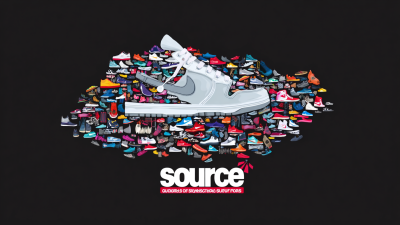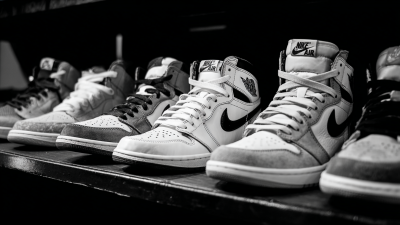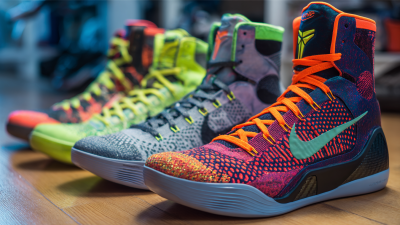
The evolution of sneakers from mere sports gear to coveted fashion statements is a phenomenon that has transformed the global fashion landscape. According to a report by Transparency Market Research, the global athletic footwear market is projected to reach USD 128.4 billion by 2025, driven by the growing popularity of sneaker culture. A study by NPD Group revealed that sneaker sales in the U.S. alone surged 13% in 2020, reaching nearly $21 billion, indicating a remarkable shift in consumer spending towards lifestyle-oriented athletic shoes. This transition reflects a broader societal trend where sneakers are no longer just performance-driven, but also serve as symbols of personal style and cultural identity, merging comfort with cutting-edge fashion. As sneaker designs continue to innovate and brands collaborate with high-fashion designers, the importance of sneakers in contemporary style cannot be overstated, making them a crucial element of today's wardrobe.
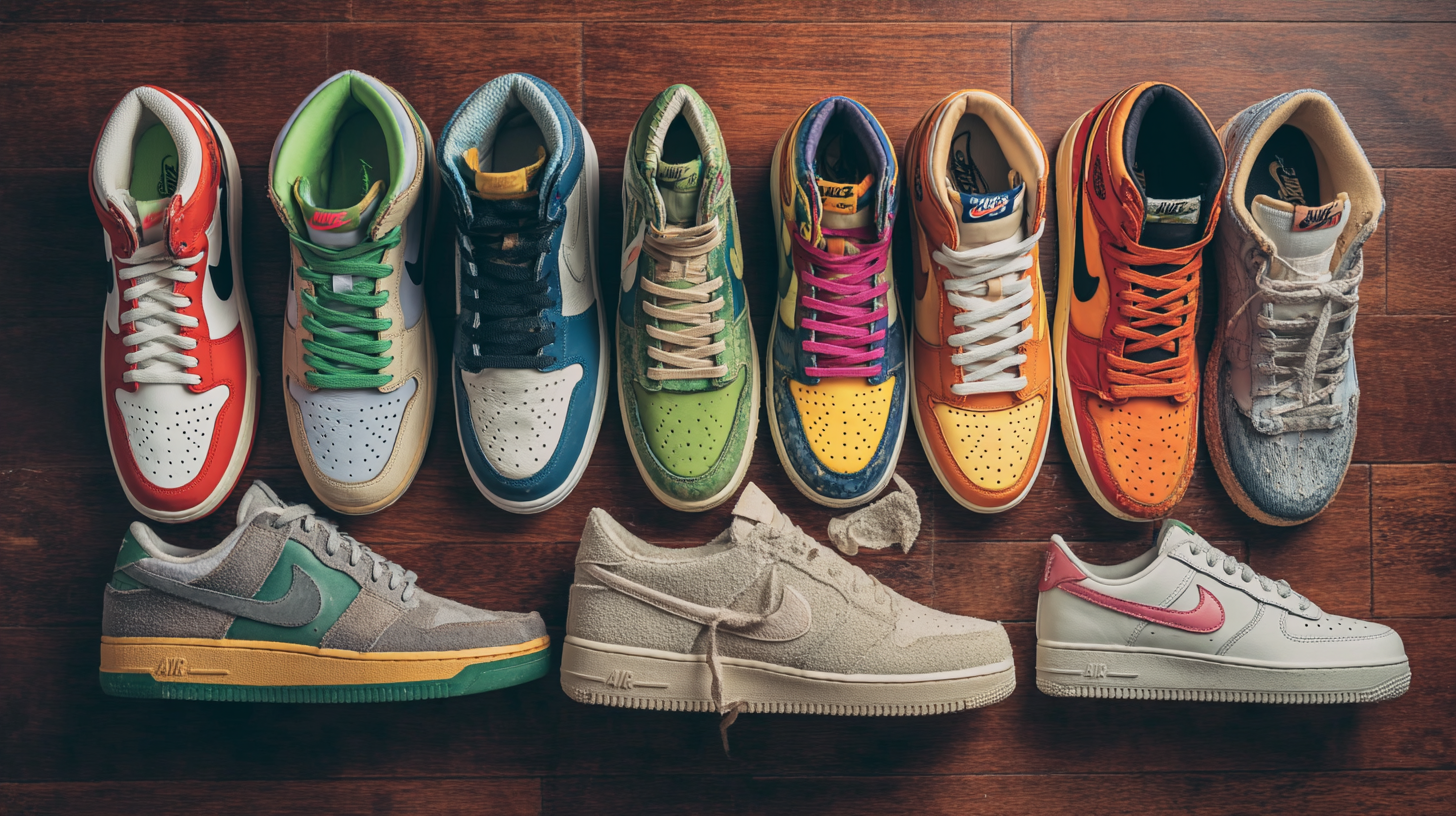
The evolution of sneakers has witnessed a remarkable transition from purely athletic functionality to a widely accepted fashion statement. Historically, sneakers were engineered for performance, with brands like Converse and Adidas introducing designs focused on sports. According to a report by NPD Group, the athletic footwear market in the United States alone was valued at $19.7 billion in 2022, underscoring the importance of performance in early sneaker designs.
As the years progressed, a shift occurred, driven by the fusion of sports and fashion. The 1980s marked the beginning of this transformation, with sneaker culture emerging prominently in urban lifestyles and music. A study by Statista shows that the global sneaker market is expected to reach $120 billion by 2026, illustrating the growing acceptance of sneakers as everyday wear. Collaborations between high-fashion brands and athletic companies, such as Nike's partnership with Off-White, have further blurred the lines between sport and style, encouraging consumers to view sneakers as essential components of their wardrobes rather than mere sports gear. This significant cultural shift has cemented sneakers as versatile fashion essentials, bridging the gap between functionality and aesthetic appeal.
| Era | Key Features | Popular Uses | Cultural Impact |
|---|---|---|---|
| 1920s - 1930s | Rubber soles, canvas upper | Basketball, tennis | Rise of organized sports |
| 1960s | Lightweight materials, innovative designs | Running, casual wear | Counterculture and youth movements |
| 1980s | Bold colors, high-tech features | Aerobics, pop culture | Hip-hop influence, sneaker culture arises |
| 2000s | Sustainable materials, versatile designs | Fashion shows, streetwear | Collaboration with high fashion |
| 2020s | Smart technology, eco-friendly production | Everyday wear, luxury fashion | Influencer culture, global sneaker community |
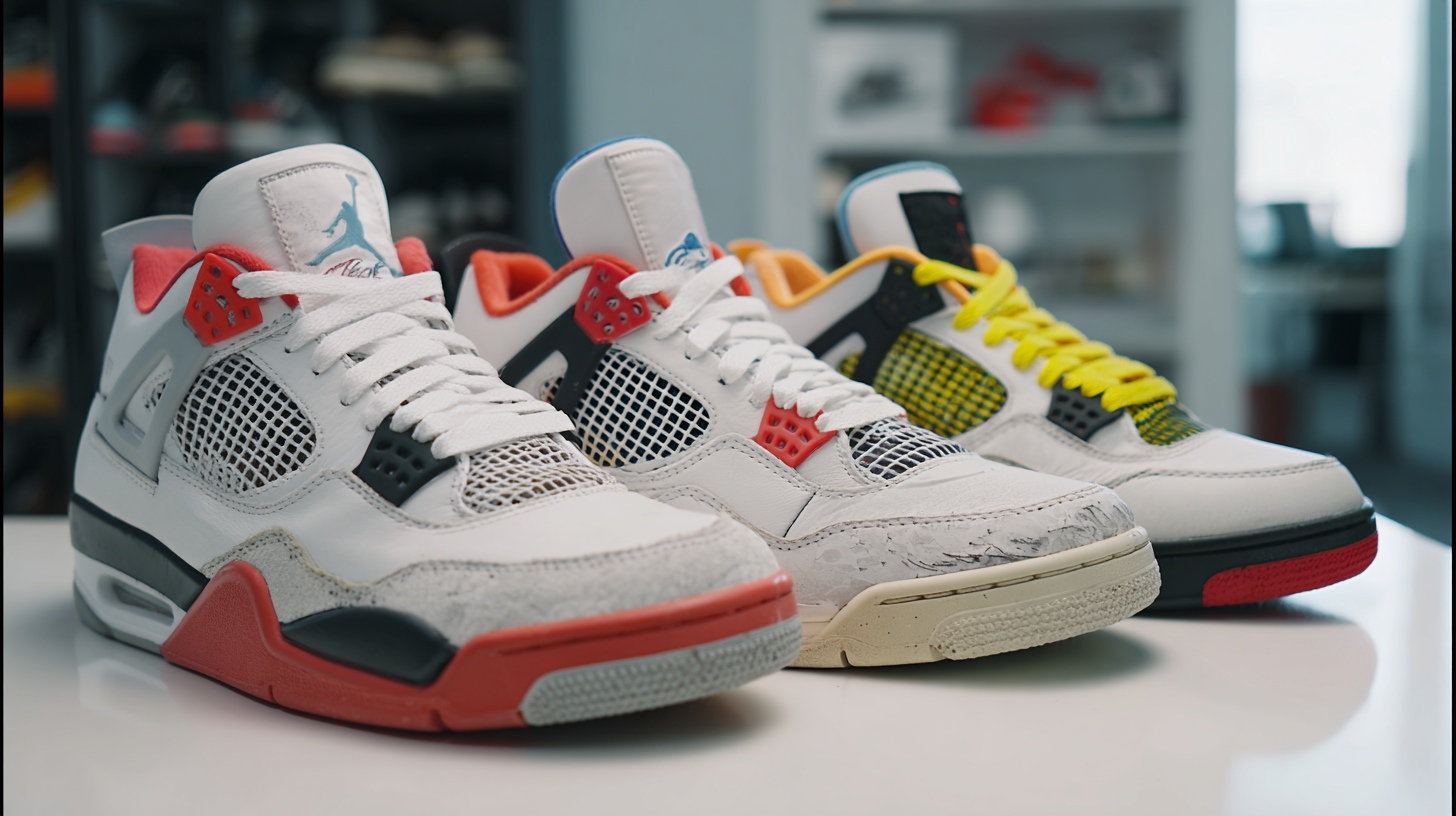 The sneaker culture has witnessed a remarkable transformation, growing from its roots in athletic performance to a cornerstone of street fashion. According to a recent report by Grand View Research, the global athletic footwear market is expected to reach $102.5 billion by 2025, driven by a surge in lifestyle sneaker purchases. This evolution is marked by collaborations between renowned brands and high-profile designers, further bridging the gap between sports gear and fashion.
The sneaker culture has witnessed a remarkable transformation, growing from its roots in athletic performance to a cornerstone of street fashion. According to a recent report by Grand View Research, the global athletic footwear market is expected to reach $102.5 billion by 2025, driven by a surge in lifestyle sneaker purchases. This evolution is marked by collaborations between renowned brands and high-profile designers, further bridging the gap between sports gear and fashion.
One notable trend is the increasing popularity of limited-edition releases, fostering a sense of exclusivity and driving consumer demand. A 2023 survey by Statista indicated that over 60% of sneaker enthusiasts have purchased sneakers primarily for their aesthetic appeal rather than for actual sports use. This shift highlights the importance of design and cultural relevance in today’s sneaker market, with brands leveraging social media and influencer collaborations to engage a younger demographic.
Tips: When selecting sneakers, consider both comfort and style; a well-chosen pair can elevate your outfit while providing the support needed for daily wear. Additionally, pay attention to brand collaborations, as these often yield unique designs that can serve as statement pieces in your wardrobe. Staying informed about upcoming releases can also help you snag limited-edition pairs before they sell out.
The world of sneakers has evolved dramatically, with iconic collaborations between brands and designers playing a crucial role in this transformation. From the timeless designs that echo artistic movements to the experimental innovations birthed from collaborations with musicians, these partnerships have not only elevated sneaker culture but have also blurred the lines between athletic wear and high fashion. The legacy of these collaborations showcases how a simple pair of sneakers can reflect a broader cultural narrative, intertwining fashion, music, and art.
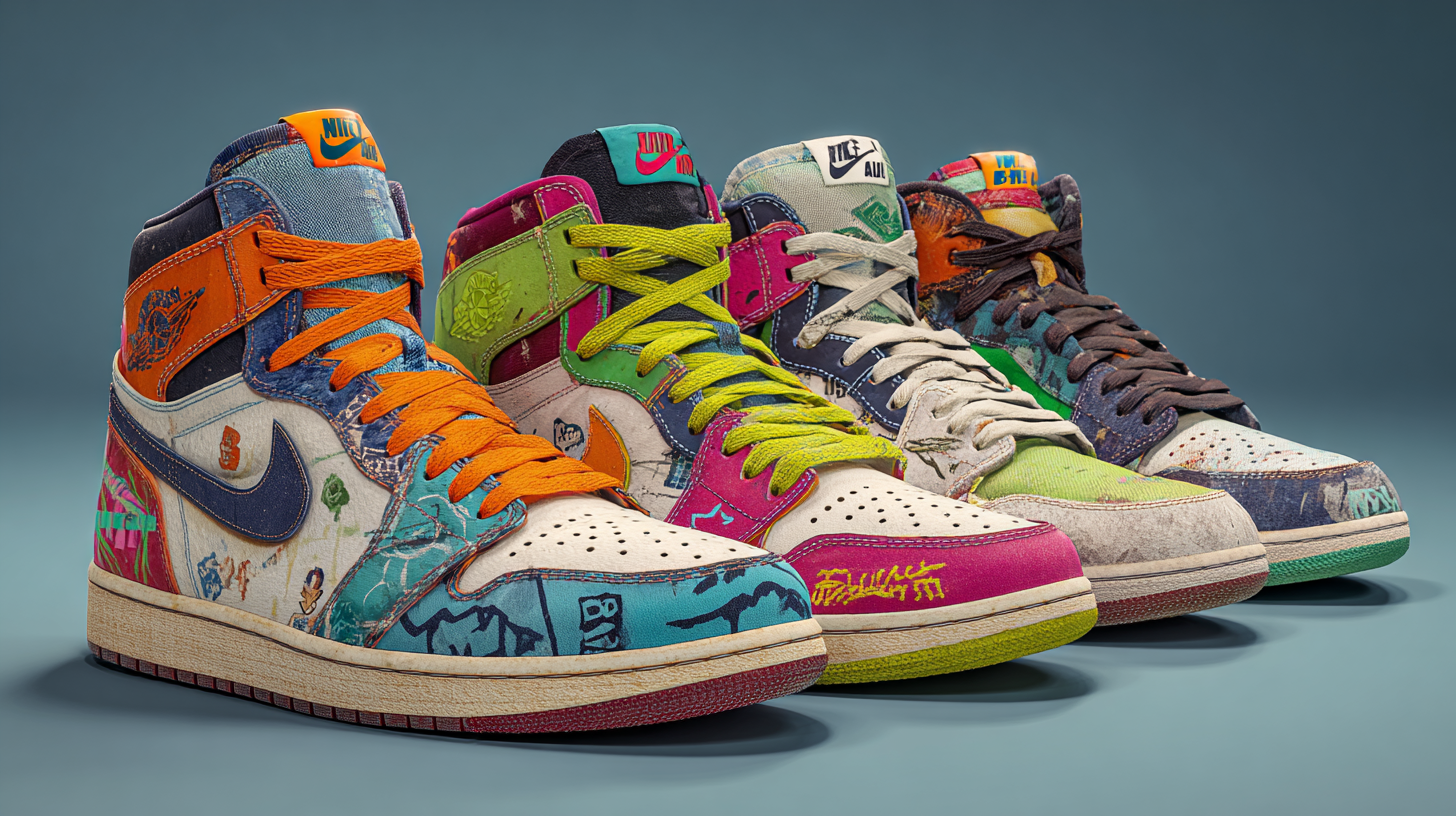
Notable collaborations have often pushed the boundaries of design, transforming sneakers into coveted fashion statements. For instance, partnerships with influential designers have redefined classic silhouettes, infusing them with unique aesthetics and cultural significance. Additionally, the impact of artist collaborations, especially within the music industry, has taken sneaker culture to new heights, creating collectible pieces that resonate with fans and collectors alike. Each collaboration tells a story, marking a significant moment in the evolution of sneaker fashion, where creativity meets commerce in a vibrant and ever-changing landscape.
The sneaker market has witnessed a remarkable transformation over the years, evolving from purely functional sports gear to a prominent fashion statement. A significant aspect of this evolution is the rise of sustainable sneakers, which combine high-performance features with environmentally friendly practices. As consumers become more environmentally conscious, brands are responding by integrating sustainable materials and manufacturing processes into their sneaker lines. This shift not only caters to the growing demand for eco-friendly products but also aligns with the broader movement towards sustainability in the fashion industry.
With projections estimating the global footwear market to reach approximately $314.35 billion by 2025 and potentially $377.52 billion by 2033, the sustainable sneaker trend is poised for substantial growth. By adopting innovative materials such as recycled plastics and organic fabrics, companies can reduce their ecological footprint while still meeting the performance needs of athletes and casual wearers alike. This merging of sustainability and style not only appeals to a new generation of consumers but also sets a precedent for the future of sneaker design, where eco-consciousness and fashionable aesthetics coexist seamlessly.
Social media has transformed the sneaker industry by shaping trends and influencing consumer behavior in unprecedented ways. Platforms like Instagram, TikTok, and Twitter allow brands and influencers to showcase the latest sneaker releases, creating a sense of urgency and exclusivity. Users are bombarded with eye-catching images and videos that often lead to immediate purchasing decisions, highlighting the power of visual content in the digital age. This phenomenon has turned sneaker culture into a collective experience, where followers eagerly await the next drop while simultaneously influencing one another’s tastes and preferences.
Additionally, social media has democratized fashion to some extent, giving rise to sneaker enthusiasts who play a crucial role in the marketing of sneakers. Influencers and everyday users often share their collections, styling tips, and reviews, which can sway opinions significantly. This user-generated content fosters a community around sneaker culture, making it essential for brands to engage with consumers beyond traditional advertising. As a result, sneaker releases are no longer just about functionality or athletic performance; they have become a canvas for self-expression, driven largely by the conversations and trends cultivated on social media platforms.
This bar chart illustrates the increase in sneaker-related social media posts and their corresponding sales over the years. It highlights the growing influence of social media on sneaker trends and consumer shopping behavior.



